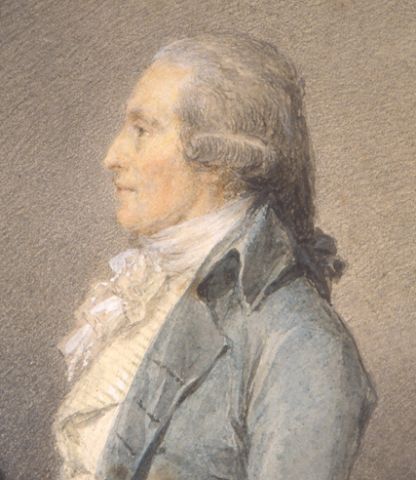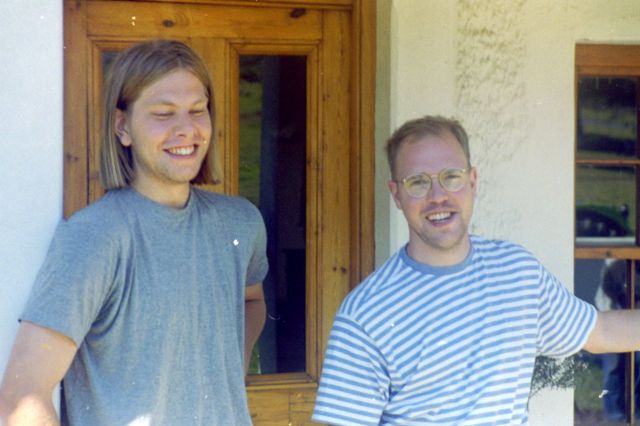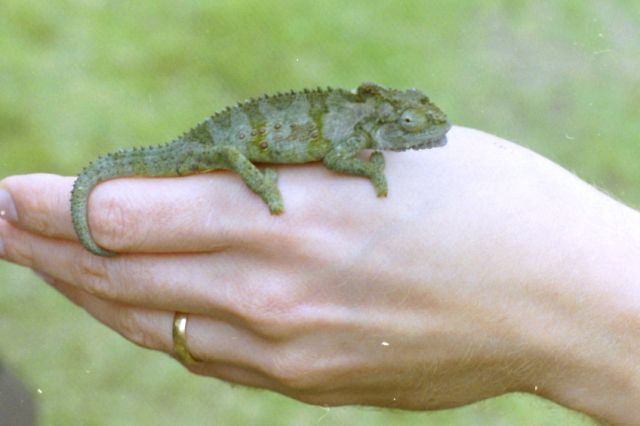Tread softly
It was on 14 December 1775 that a 25 year-old Swedish physician and naturalist Anders Sparrman, camped beside a small vlei* about 20 km north-west of Kariega Game Reserve. On that day at the University of Uppsala a doctorate was conferred in absentia on the young man. Unaware of this, he spent the late afternoon watching a herd of 70 to 80 buffalo before going off to try and shoot a calf. In this he was unsuccessful, “… for the old ones made a circle round the calves, so as to quite shelter them from me when I jumped off my horse, in order to discharge my piece.” He also noted with interest how the boldest of the adults advanced on him, chasing him off and so allowing the juveniles to escape.

Sparrman was not only interested in animals and their behaviour, he showed a keen interest in all that he came across; birds, insects, fish, people, languages, geology and particularly plants. In the vicinity of the vlei he recorded seeing sneezewood, assegai wood and sweet thorn trees*. At that time of year the latter must have been in spectacular blossom, their yellow pompoms scenting the air on that hot summer’s day. And it is pleasing to note that at Kariega there are not only buffalo still roaming the veld, but that also all three trees are still to be found.
On occasion Sparrman hunted for scientific reasons, in order to obtain specimens that eventually were sent back to Europe, but while camped beside the vlei he needed meat in order to feed himself and the rest of his party. It was during one such hunt that he noted how softly buffalo could tread when they so wish. A wounded buffalo, despite its bulk, could move silently through thick bush, appearing unexpectedly to wreak revenge on the hunters.
Answering a knock on our door one day I found two smiling, but somewhat diffident young men. They introduced themselves as Johan Wallin and Magnus Andersson. They had a question to ask.
“We have been told,” said Johan, “by the professor at Stellenbosch University that you know where to find trapsoetjies*. Can you help us, please?” He went on to explain that he was doctoral student at Uppsala University. As a part of his thesis he was studying different species of dwarf chameleon found at the Cape. In order to establish the species it was necessary to establish the DNA of different animals. This was done by clipping a minute portion from the tail of a chameleon.
“It is so small. It doesn’t damage the chameleon in any way. It doesn’t hurt it. It’s just like clipping your nails,” he hastened to assure me.
And so we set off on a chameleon hunt. Fortunately we knew where we were likely to find some. For reasons best known to themselves the dwarf chameleons frequent the grounds of a primary school and also those of a nearby church in the centre of town. Despite the throngs of children during the week and of church-goers on Sundays the chameleons are seldom seen, because during the hours of daylight they retreat to the centre of the trees in which they are found. At night, however, they move out to the end of the branches hunting insects. Using a torch one can pick them out quite easily where they wait for passing moths. However, even during the day they are easy enough to find if one knows where to look.
The hunt was successful and Johan and Magnus managed to find several. With a pair of nail-clippers they removed a very small quantity of material and, as Johan had said, the chameleons showed no sign of distress, nor was there the smallest speck of blood. Each fragment of skin was popped into a carefully labelled glass phial which ultimately landed up in a laboratory in Sweden. More than two centuries after Anders Sparrman’s visit, the interest of Uppsala in the wildlife of the Eastern Cape remains intact.
Oh, and you may be interested to know that the local chameleons, unlike buffalo, have shown no sign of wanting to avenge themselves on those who treated them in so undignified a fashion.
*Vlei = swamp.
* Sneezewood – Ptaeroxylon obliquum. Assegai wood – Curtisia dentate. Sweet thorn – Acacia karroo.
* Trapsoetjie = chameleon. The Afrikaans name might be translated as “tread softly”.












